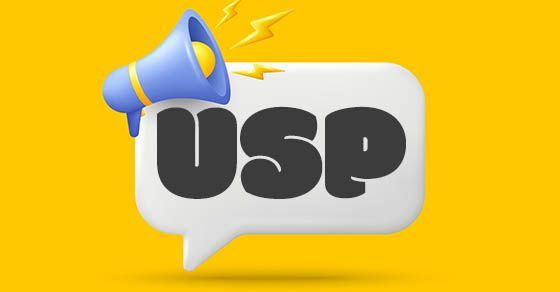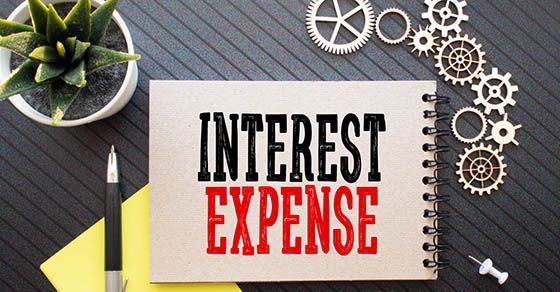Businesses that sponsor a 401(k) must stay on top of it
If your business sponsors a 401(k) plan for employees, you know it’s a lot to manage. But manage it you must: Under the Employee Retirement Income Security Act (ERISA), you have a fiduciary duty to act prudently and solely in participants’ interests.
Once a plan is launched and operational, it may seem to run itself. However, problems can arise if you fail to actively oversee administration — even when a third-party administrator is involved. With 2025 winding down and a new year on the horizon, now may be a good time to review your plan’s administrative processes and fiduciary procedures.
Investment selection and management
Study your plan’s investment choices to determine whether the selections available to participants are appropriate. Does the lineup offer options along the risk-and-return spectrum for workers of all ages? Are any premixed funds, which are based on age or expected retirement date, appropriate for your employee population?
If the plan includes a default investment for participants who haven’t directed their investment contributions, look into whether that option remains appropriate. In the event your plan doesn’t have a written investment policy or doesn’t use an independent investment manager to help select and monitor investments, consider incorporating these risk management measures.
Should you decide to engage an investment manager, however, first implement formally documented procedures for selecting and monitoring this advisor. Consult an attorney for assistance. If you’re already using an investment manager, reread the engagement documentation to make sure it’s still accurate and comprehensive.
Fee structure
The fee structures of 401(k) plans sometimes draw media scrutiny and often aggravate employees who closely follow their accounts. Calculate the amount of current participant fees associated with your plan’s investments and benchmark them against industry standards.
In addition, examine the plan’s administrative, recordkeeping and advisory fees to understand how these costs are allocated between the business and participants. Establish whether any revenue-sharing arrangements are in place and, if so, assess their transparency and oversight.
It’s also a good idea to compare your total plan costs to those of similarly sized plans. This way, you can determine whether your overall fee structure remains competitive and reasonable under current market conditions.
Third-party administrator
Even if your third-party administrator handles day-to-day tasks, it’s important to periodically verify that their internal controls, cybersecurity practices and data-handling procedures meet current standards. Confirm that the administrator:
- Maintains proper documentation,
- Follows timely and accurate reporting practices, and
- Provides adequate support when compliance questions arise.
A proactive review of their service model can help ensure your business isn’t unknowingly exposed to risks from operational errors, data breaches or outdated administrative practices.
Overall compliance
Some critical compliance questions to consider are:
- Do your plan’s administrative procedures comply with current regulations?
- If you intend it to be a participant-directed individual account plan, does it follow all the provisions of ERISA Section 404(c)?
- Have there been any major changes to other 401(k) regulations recently?
Along with testing the current state of your plan against ERISA requirements, evaluate whether your operational practices align with your plan document — an area where many sponsors stumble. Double-check key items such as contribution timelines, eligibility determinations, vesting schedules and loan administration. Verify that procedures precisely follow the terms of your plan document.
Conducting periodic internal audits can help identify inconsistencies and operational errors before they become costly compliance failures. You might even discover fraudulent activities.
Great power, great responsibility
A 401(k) plan is a highly valuable benefit that can attract job candidates, retain employees and demonstrate your business’s commitment to participants’ financial well-being. However, with this great power comes great responsibility on your part as plan sponsor.
If your leadership team and key staff haven’t reviewed your company’s oversight practices recently, year end may be an ideal time to take stock. We can help you identify plan costs and fees, spot potential compliance gaps, and tighten internal controls.
© 2025










